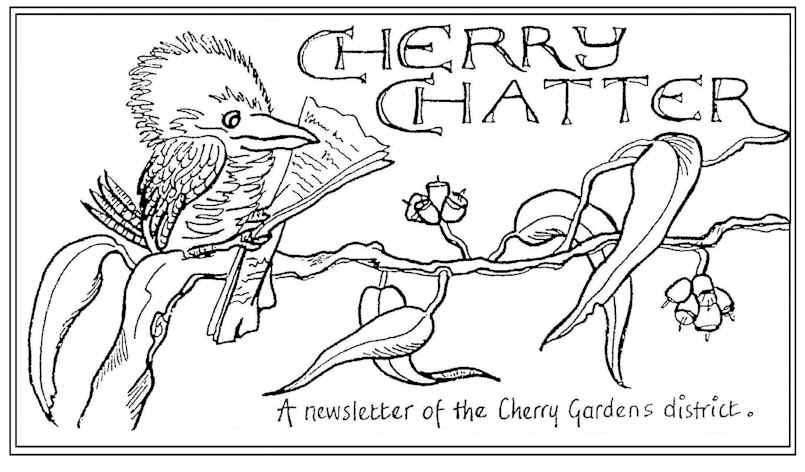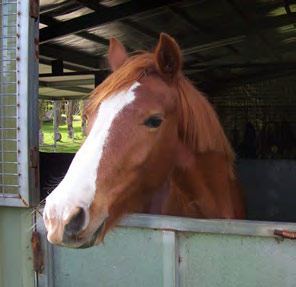Over the stable door
Greetings Fellow Equines and Horse Owners!
I thought summer was here, but the weather has been so erratic. Those of us waiting to have hay cut start to get toey to say the least. Cutting hay at the right time and also baling are quite a science.
The dryness of the hay and its maturity are crucial to a good quality result. Any hay cut with too much moisture can ‘go off’ and can literally kill your horse. It can also spontaneously ignite in the hay shed, so after it is first shedded, it is a good idea to check between bales to feel for any heat.
Many years ago, my owners had two very sick horses from a bad batch of lucerne hay. It looked fine and was checked by my owners, their vet, friends and farrier. Sadly, one of the horses died from a terrible bout of colic. It was heart wrenching and should never have happened. The supplier of the that hay mysteriously become uncontactable. Interestingly, the hay was given away to be used as insulation in a shed and some months later, the hay had basically turned to ash. The lesson here is to buy from a reputable supplier (it may cost more) and even have a test bale. My owners actually did this with the bad lucerne and even introduced it gradually, but even that wasn’t enough.
The best time for the hay to be cut is generally when it has come to a head, but not falling over. This is when the food value is at its peak and the hay will taste quite sweet – and we all know what a sweet tooth us horses have! When it is past that, the food value will continue to decline, but if you are looking at having some fairly plain hay, then it is not so much of a problem.
For those of us living in the hills, mostly we are looking at the plainer the better.
When feeding, keep it as simple as possible and ensure that your horse has sufficient roughage. This is vital for his gut, as he has evolved to eat continually, with breaks of not more than 2 to 3 hours maximum between meals. Humans produce saliva to aid digestion when they eat, but horses secrete continually, so if there is no food to break down, this increases acidity and can lead to ulcers (this is very simply put!). Basically, when in light work or at rest, we need around 1.5-2.0% of our body weight per day. Of course, individuals vary, so those figures are only a guide. In good condition, just a shadow of our ribs should be visible. Clean nostrils, a bright eye and interested attitude are things to look for. If the ribs can’t be felt, then there is some weight to be lost! Other signs of being overweight include a furrow on top of the rump and viewed from behind an apple shaped bum, cellulite around the rear end and a hard cresty neck. These are all signs of a horse at risk of foundering or getting laminitis. Again, we get back to good horsemastership and knowing your horse. It pays if possible, to observe and check on a daily basis, especially with laminitis as the onset can be within a matter of an hour or two. Horses cannot speak, so it is the owners’ responsibility to look out for him and consider his welfare.
PS. From last month I forgot to mention storing your saddlery in cool, dry and vermin proof environment. Also never leave either your leather or synthetic saddles in the boot of the car – they literally will be baked!
Good summer riding, Hamish

